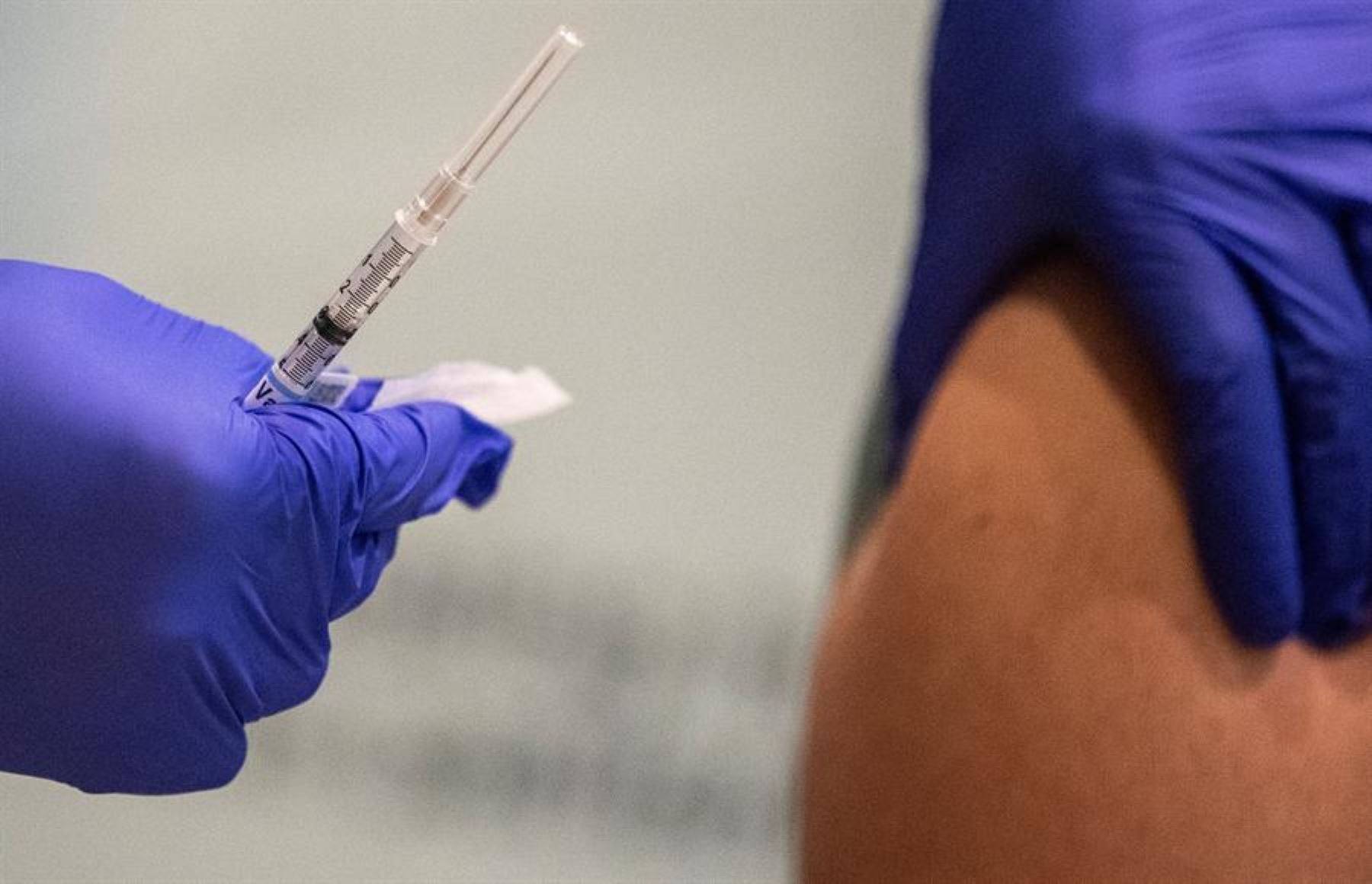Mumia is a powder that was made by grinding mummies and embalming agents and was still to be found in many pharmacies until the 20th century. (ZDF/Peter Prestel)
–
When a person dies, it often only takes a few months for their corpse to crumble. To prevent exactly that, thousands of years ago peoples around the world came up with a wide variety of methods to preserve the human body even after death – mostly to ensure continued life in the afterlife. In the new episode of the ZDF series “Terra X – Unsolved Cases of Archeology”, the filmmakers Gisela Graichen and Peter Prestel, together with presenter Harald Lesch, examine precisely this longing for a very special kind of immortality.
Probably the most famous masters of mummification were the ancient Egyptians, who in addition to the mummies of sacred animals, also placed mummified meat in their graves for food. With the help of sodium salt, they dehydrated the body and removed all internal organs as well as the brain of the dead person. However, they left one organ in the body: the heart of the deceased had to face the questions of the god of the dead at the judgment of the dead and was therefore not allowed to be removed.

Nesyamun lived around 1100 BC and was a priest in an Egyptian temple. His mummy is now kept in the Leeds City Museum in England. (ZDF/Stephan Zengerle)
–
In other cultures, too, it was customary to counteract the decay of a corpse artificially. To this day, however, it is often difficult to understand exactly by which means a body was preserved. A particularly puzzling find is that of the Chinese “Lady Dai”. She lived as the wife of a nobleman in the 2nd century BC. After her death, she was placed in an unknown liquid that preserved her corpse in such a way that an autopsy found blood in her veins more than 2,000 years after her death. Her internal organs were as well preserved as if she had recently died, her skin was elastic and her joints were flexible.
Cryopreservation – The Mummification of the Future?

Moderator Prof. Dr. Harald Lesch is allowed to “try it out”: With cryopreservation, the body is cooled with the help of nitrogen and thus preserved from decay. (ZDF/Axel Sand)
–
A similarly mysterious case is that of a Buddhist monk in Russia. Hambo Lama Daschi-Dorscho Itigelow died in 1927 and was then buried in a lotus position in a cedar box covered with salt. When it was exhumed in 1955, there were no signs of decomposition, nor in 1973. When Itigelow was exhumed again in 2002, his body was in a state as if it had died just hours before. He is revered as a holy person to this day and even visitors to his grave site may be touched on high Buddhist holidays.
But it was not only in the past that people were concerned with how to stop the disintegration of a body after death. The preservation of human bodies is still being researched today. With cryopreservation, for example, which is also used to freeze egg and sperm cells, the corpse is cooled in liquid nitrogen in order to put it into so-called cryostasis and thereby maintain it – a modern variant of mummification.

Forensic scientists were able to reconstruct Nesyamun’s face. The voice of the priest can also be understood through modern technology. (ZDF/Stephan Zengerle)
–
The second part “Terra X – Unsolved Cases of Archeology” will be broadcast on Sunday, February 14th at 7.30 pm. Both episodes can be found in the ZDF media library from Wednesday, February 3.
– .


